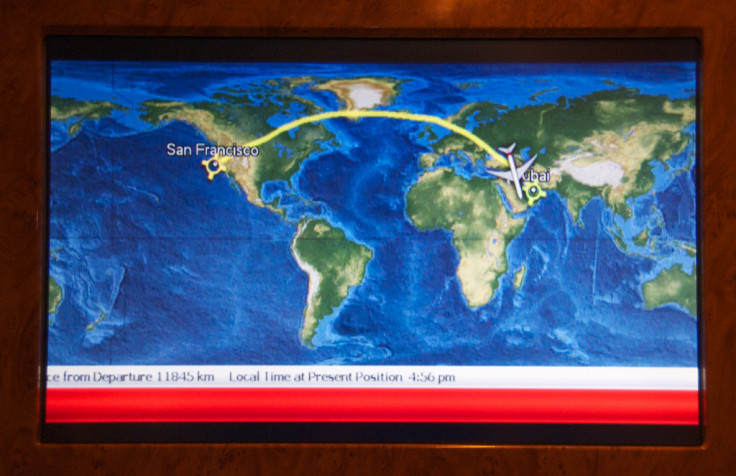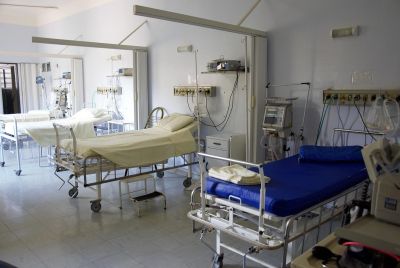Jet lag cure? Flashing light therapy found to be four times more effective than any other treatment

A treatment for jet lag has been developed that allows the human body to shift to different time zones nearly four times faster than the best remedies currently available. Researchers found that short bursts of flashing light can automatically adapt the body to new sleeping patterns – even while the person is asleep.
The research, published in the Journal of Clinical Investigation, found that rapid flashes of light – approximately 10 seconds apart – delayed the onset of sleepiness the next day. Each flash lasts just two milliseconds – similar to a camera flash – and the researchers say it is just enough so that it would not wake you from your slumber.
"This could be a new way of adjusting much more quickly to time changes than other methods in use today," said Jamie Zeitzer, senior author of the study from Stanford University, California. The treatment uses what scientists describe as 'biological hacking' to increase the speed that the brain adjusts to new time zones. It builds upon the best current treatment known for jet lag, which involves shining a bright light consistently before travel.
To test the theory, the researchers conducted a study comprising 39 volunteers, ranging from 19 to 36 years old. They were all put on a strict sleep schedule – going to bed and waking up at the same time every day for two weeks. They were then asked to sleep in a laboratory where half were exposed to a continuous stream of light while sleeping, and the other half were subjected to flashing lights while they slept. The results showed that for those sleeping through constant light, they felt sleepy on average 36 minutes later than normal the next day. For those experiencing the flashing light, they lasted an extra two hours.
The discovery that a flashing light is more effect is based upon a physiological principle. The retina cells continue for work for a few minutes once the light stops, and then restart again with new flashes. This is as opposed to a constant stream of light that gradually slows down the cell's response, limiting the effectiveness.
Zeitzer explains how the therapy would work for a passenger travelling three hours 'forward' from, for example, California to New York in the US: "If you are flying to New York tomorrow, tonight you use the light therapy. If you normally wake up at 8am [in California], you set the flashing light to go off at 5am. When you get to New York, your biological system is already in the process of shifting to East Coast time."
© Copyright IBTimes 2025. All rights reserved.






















